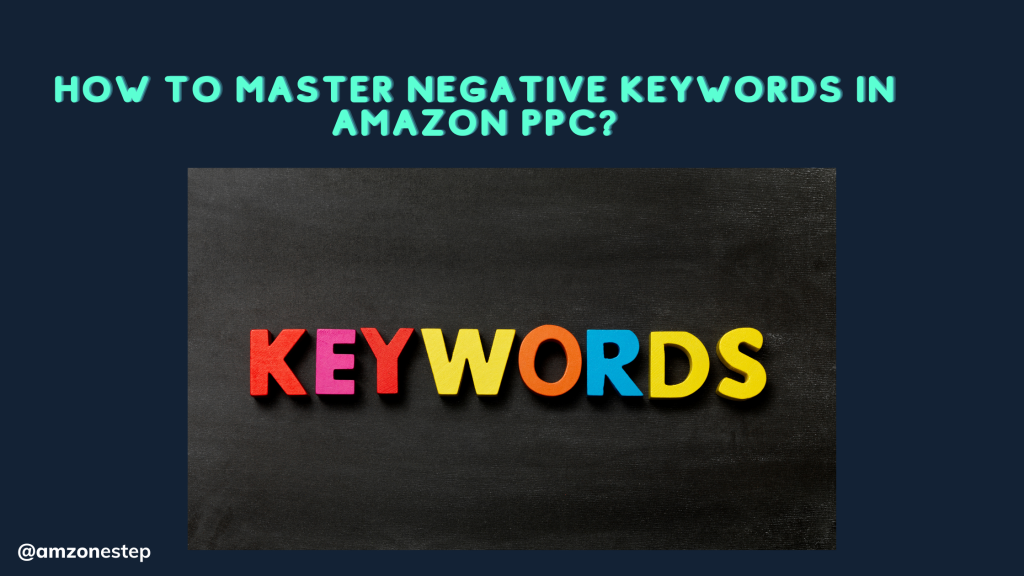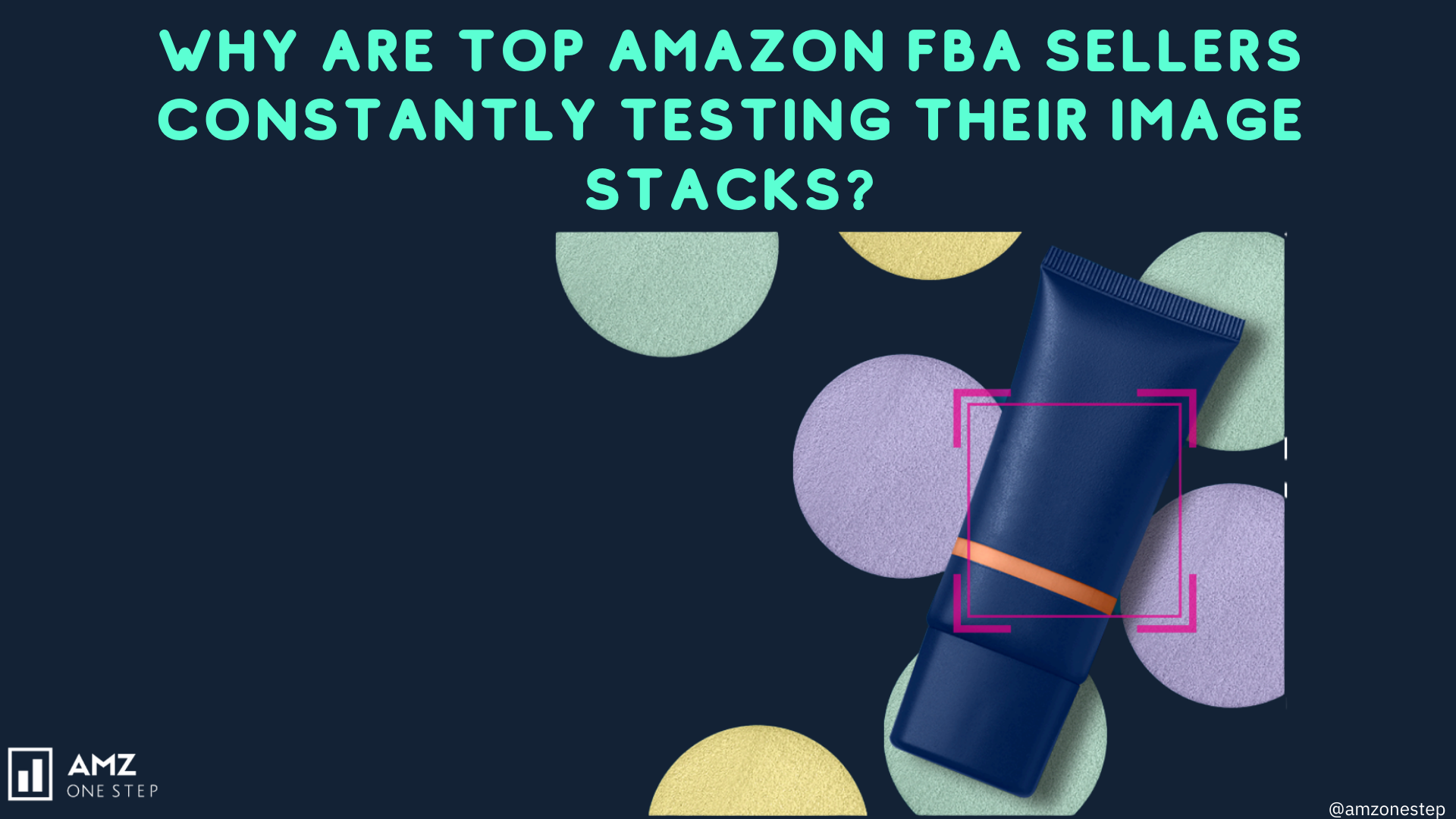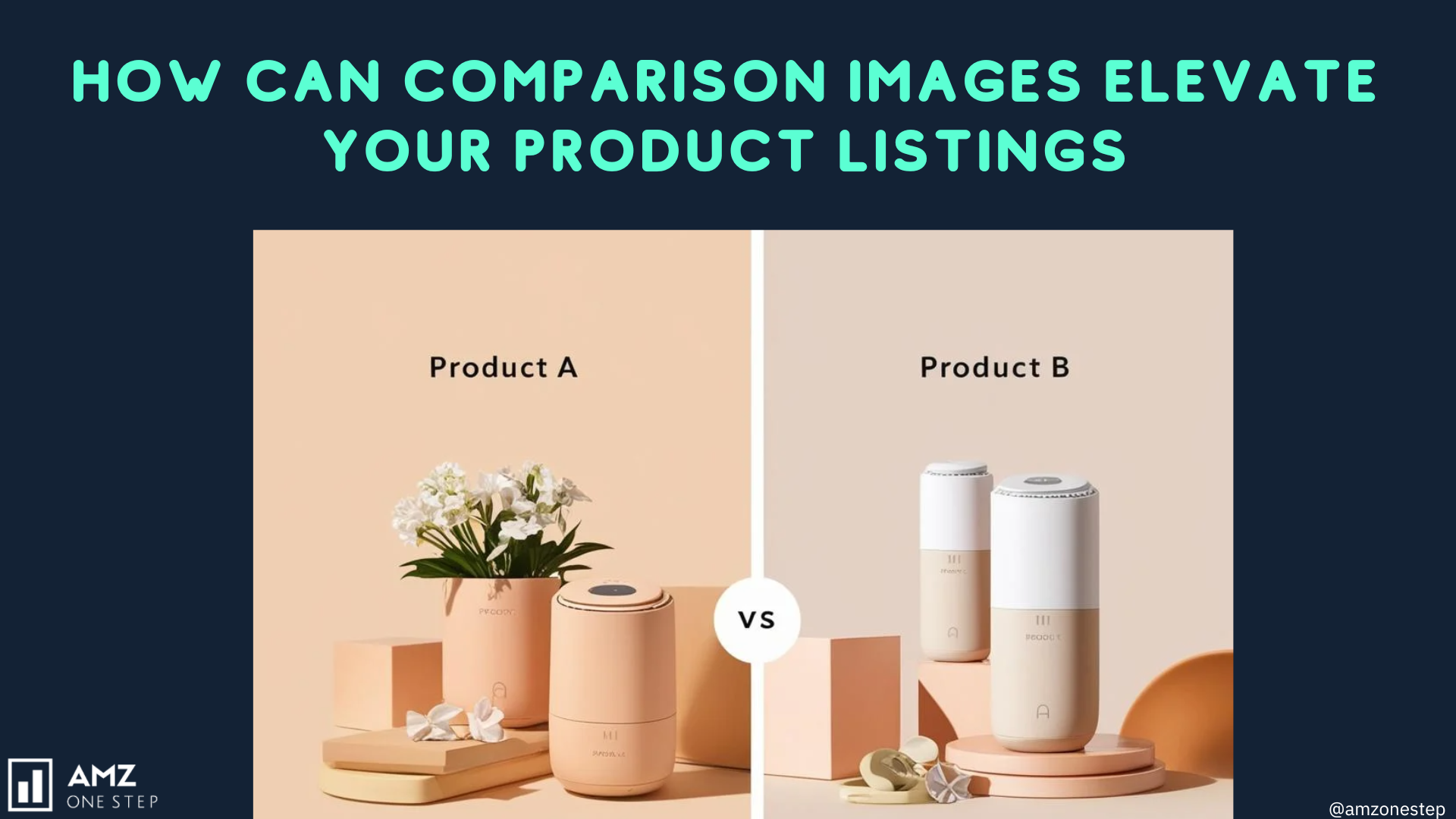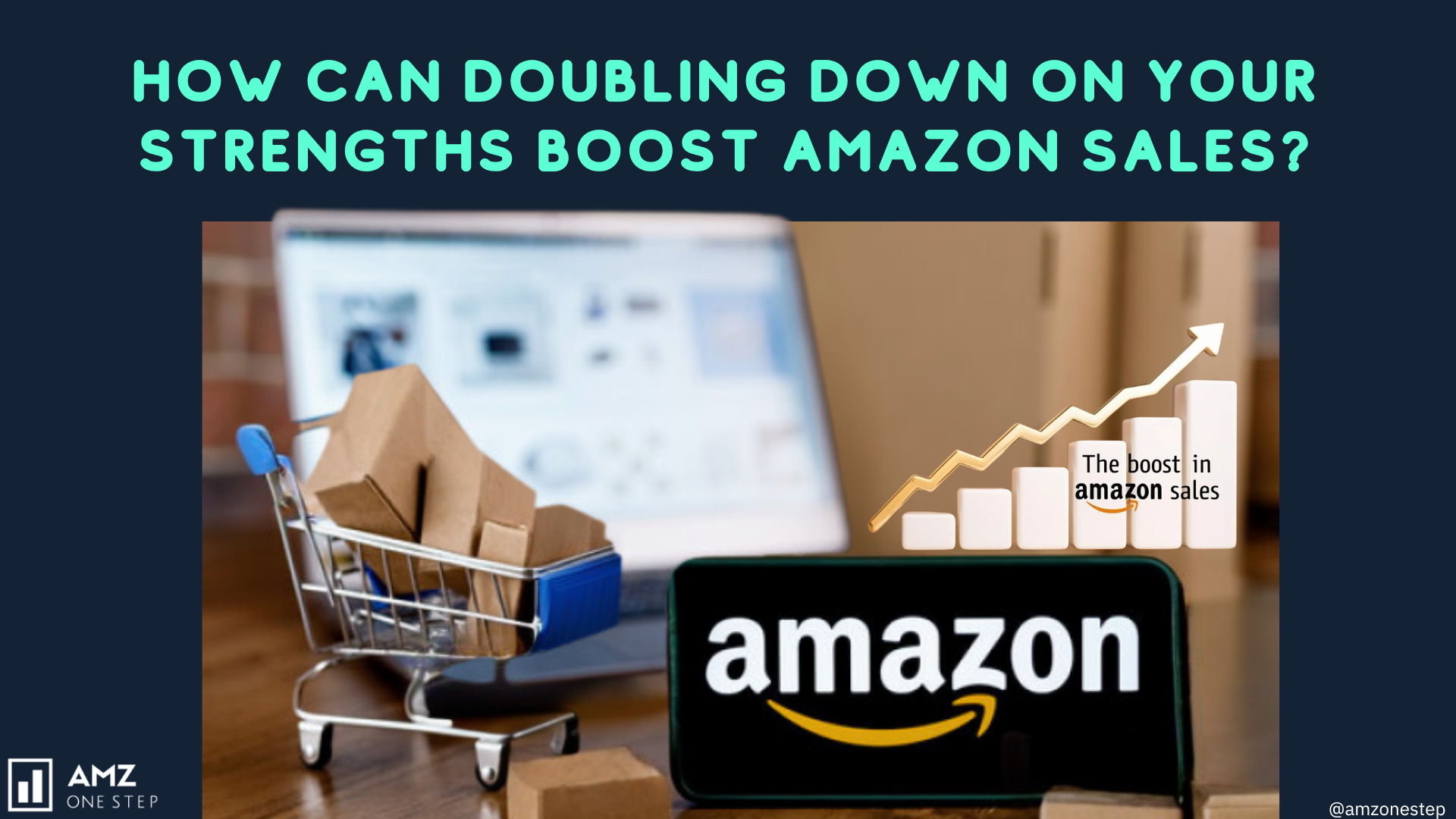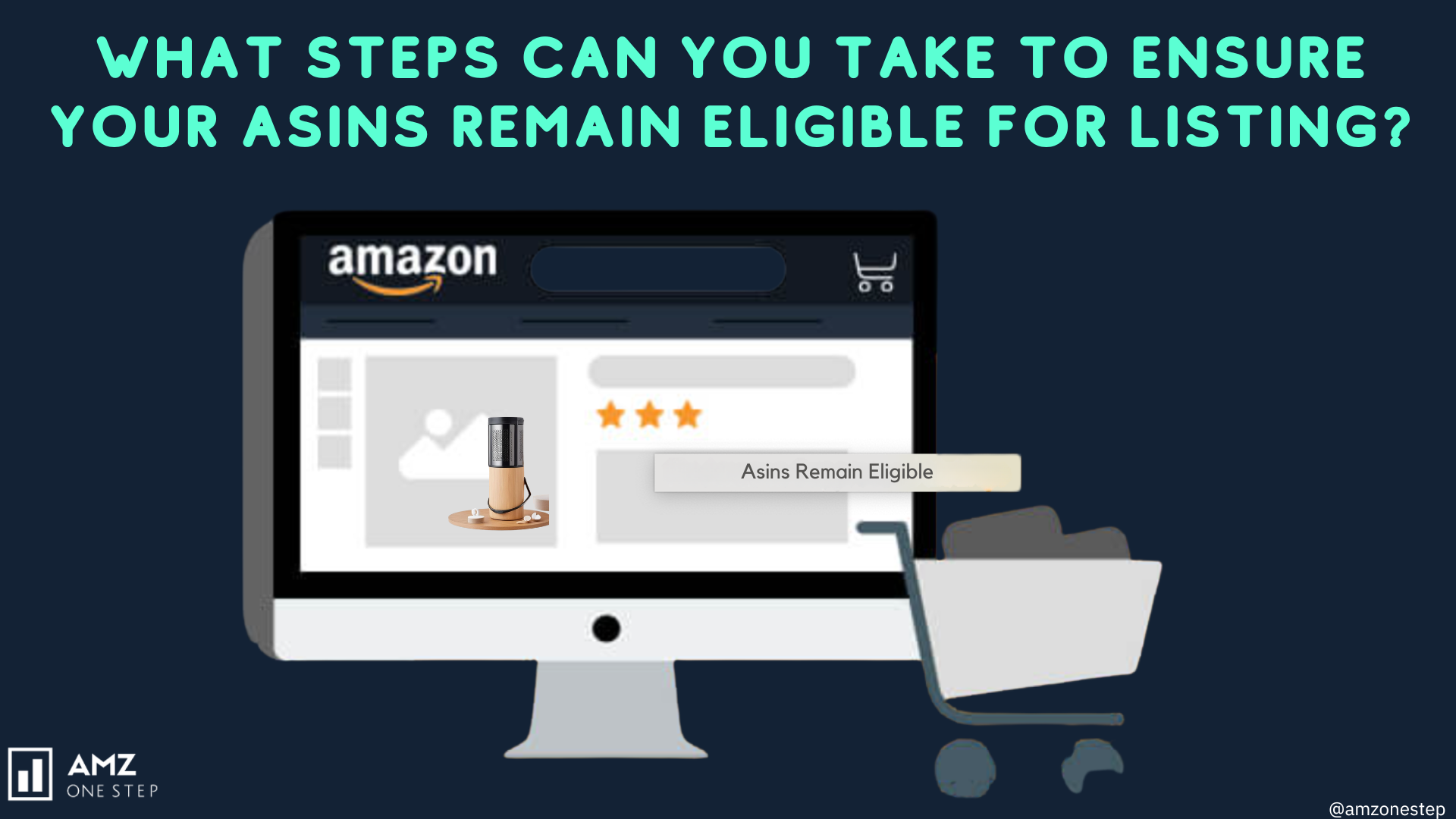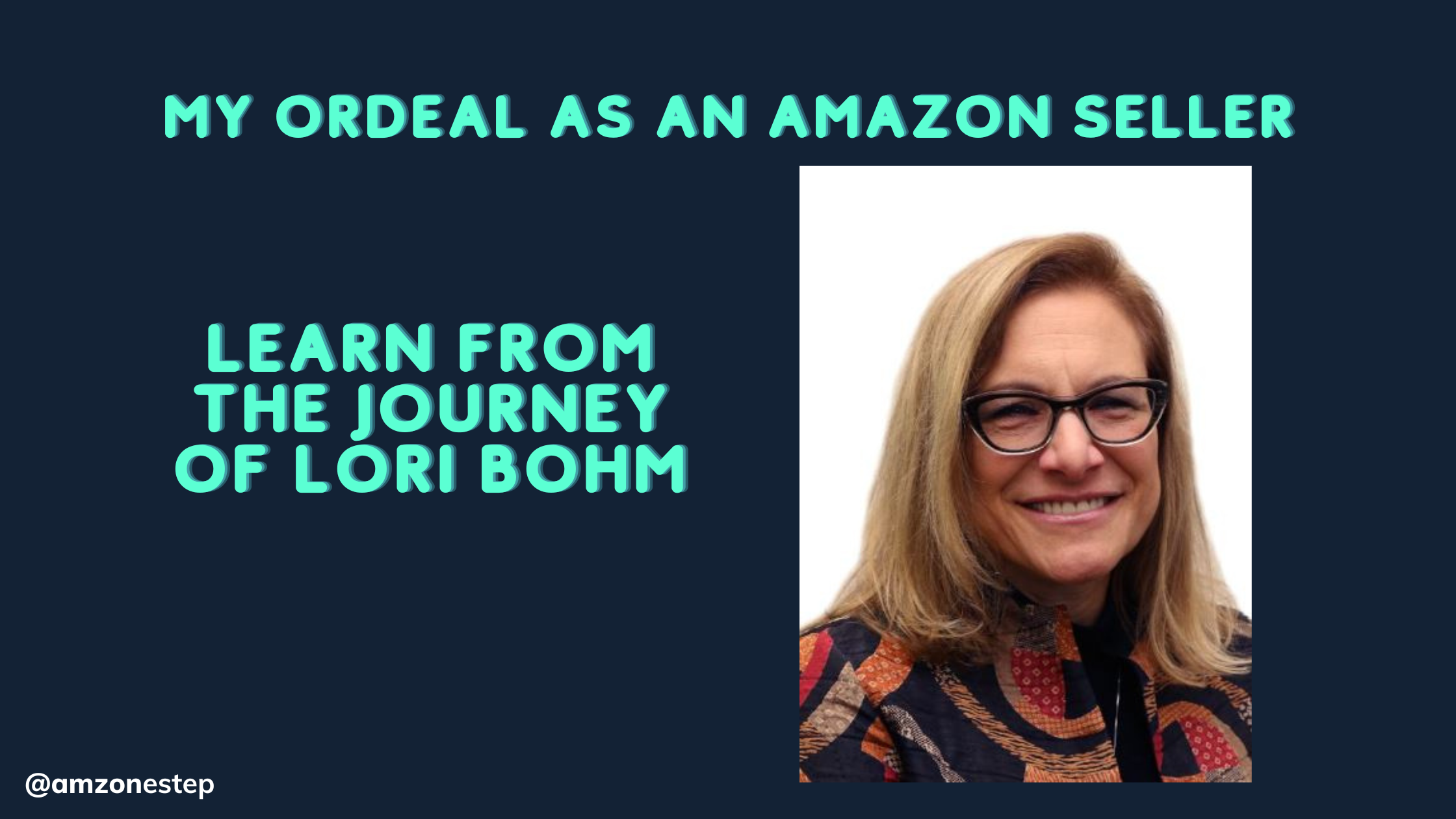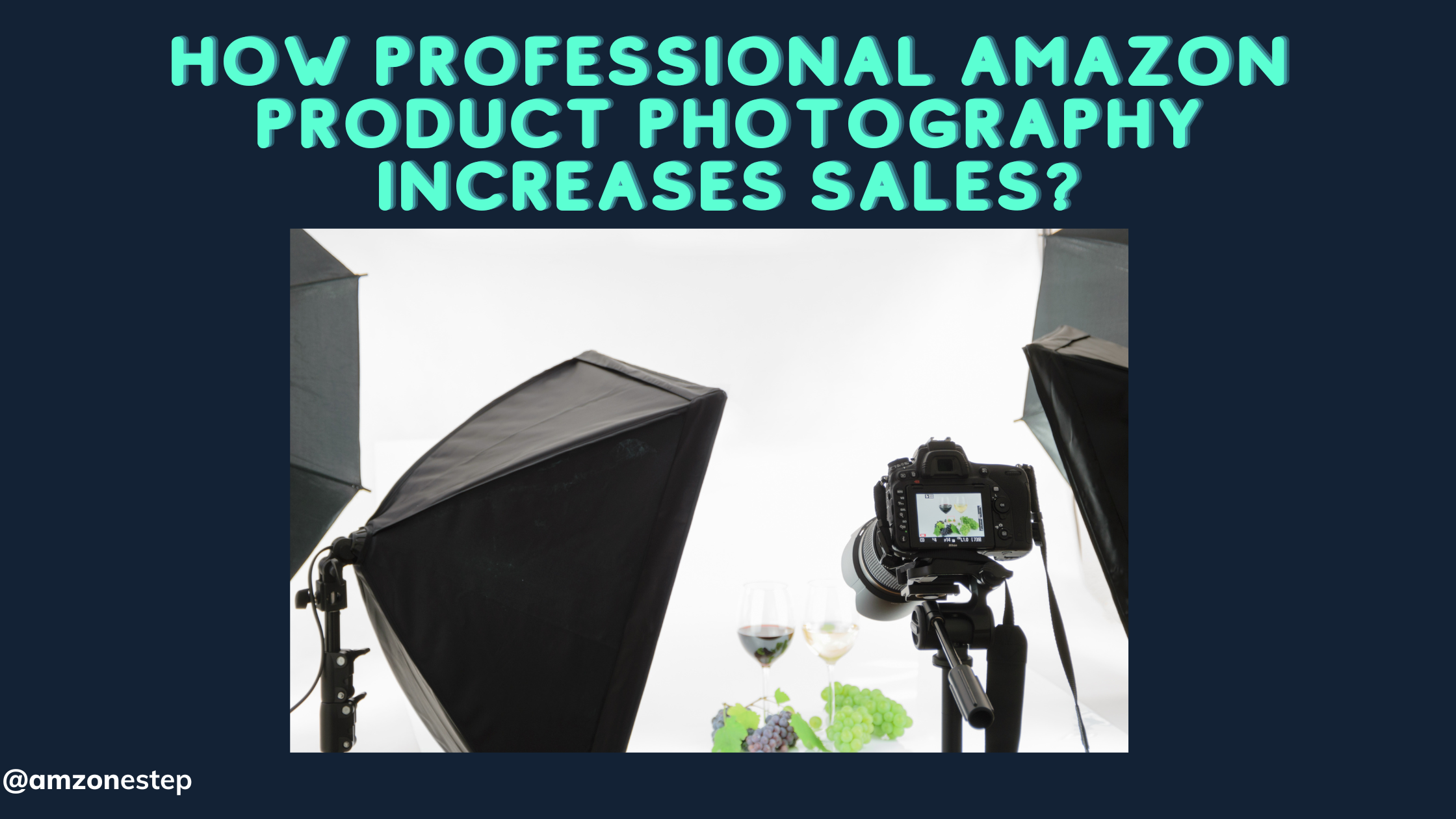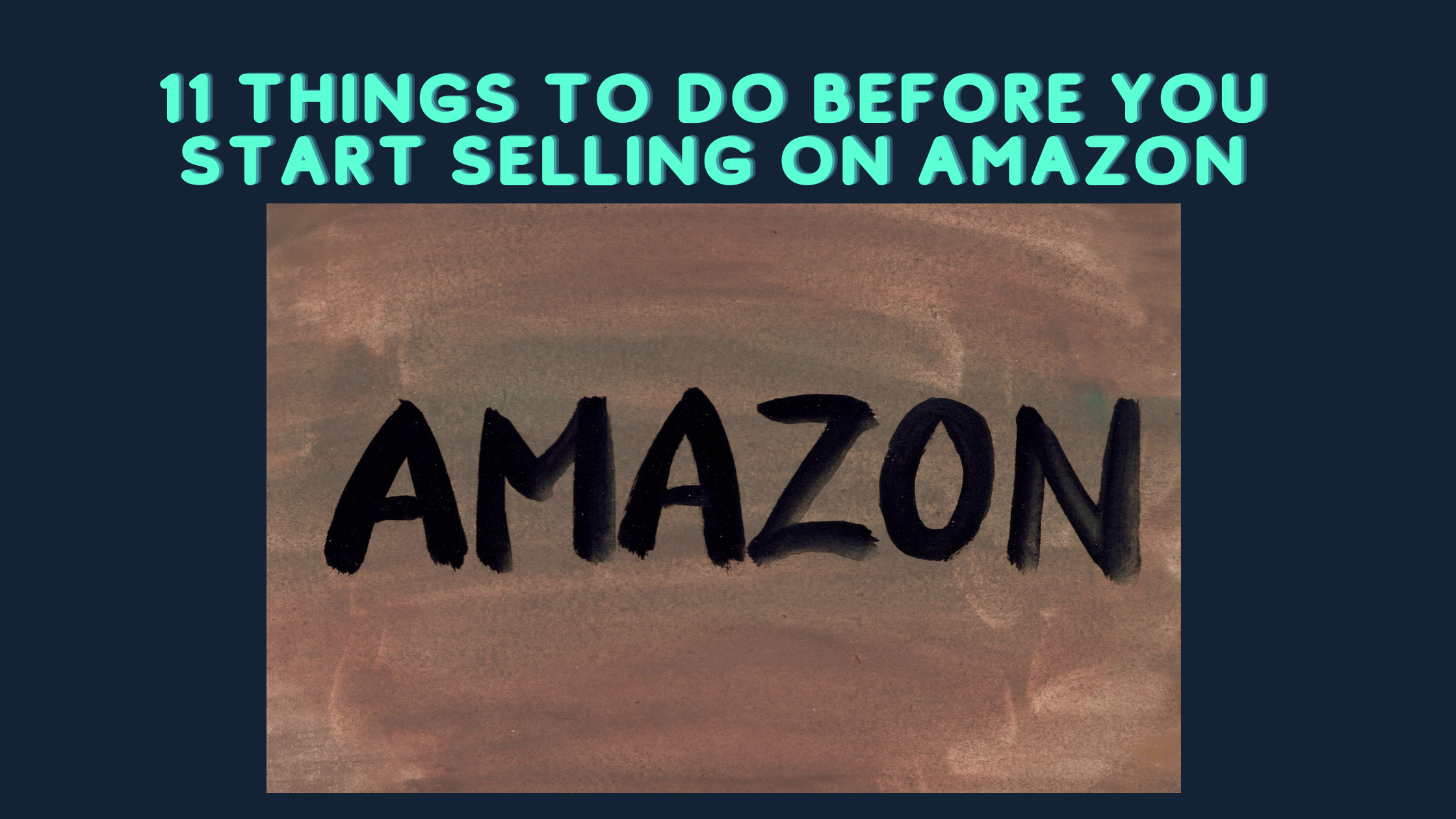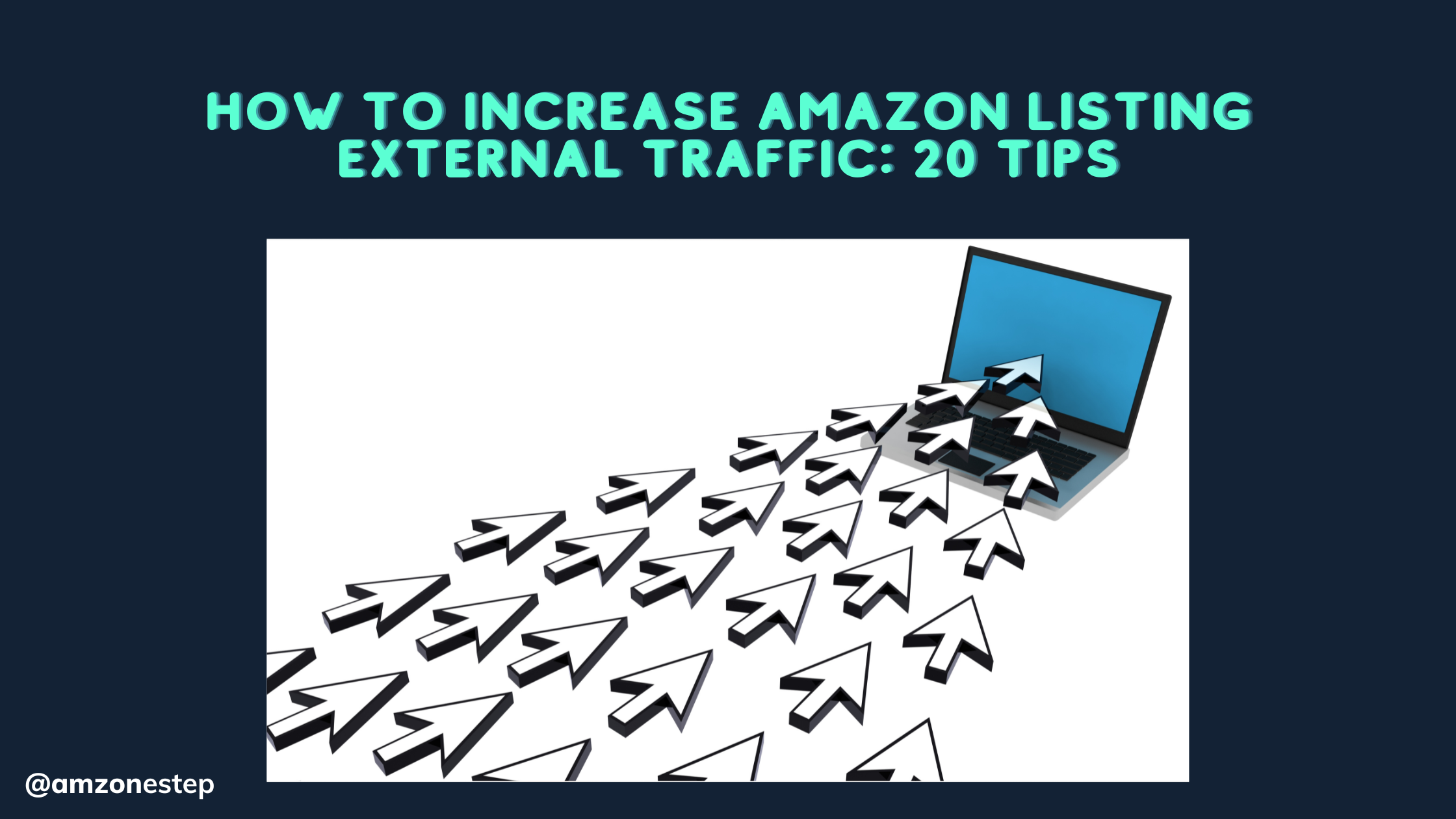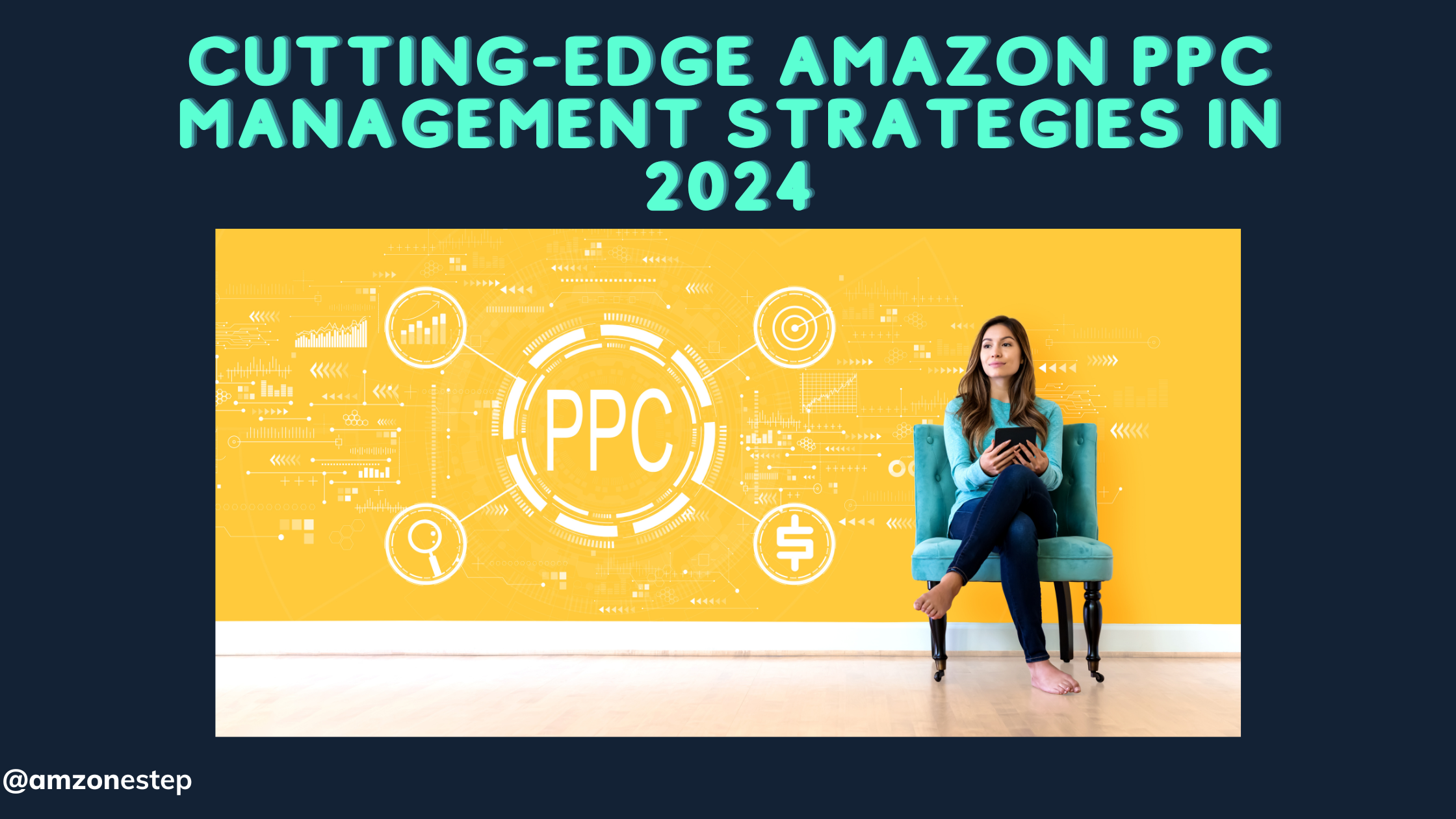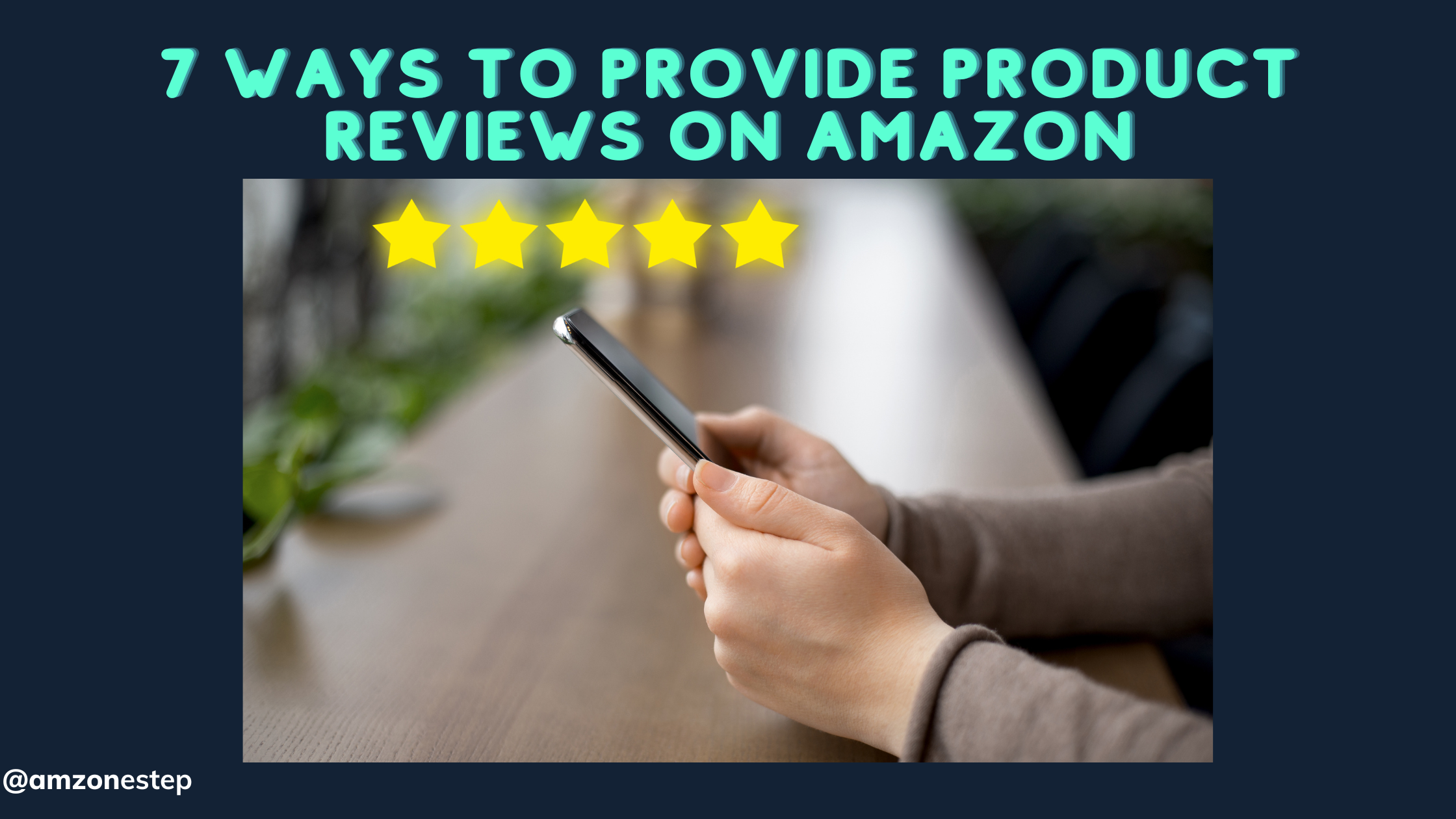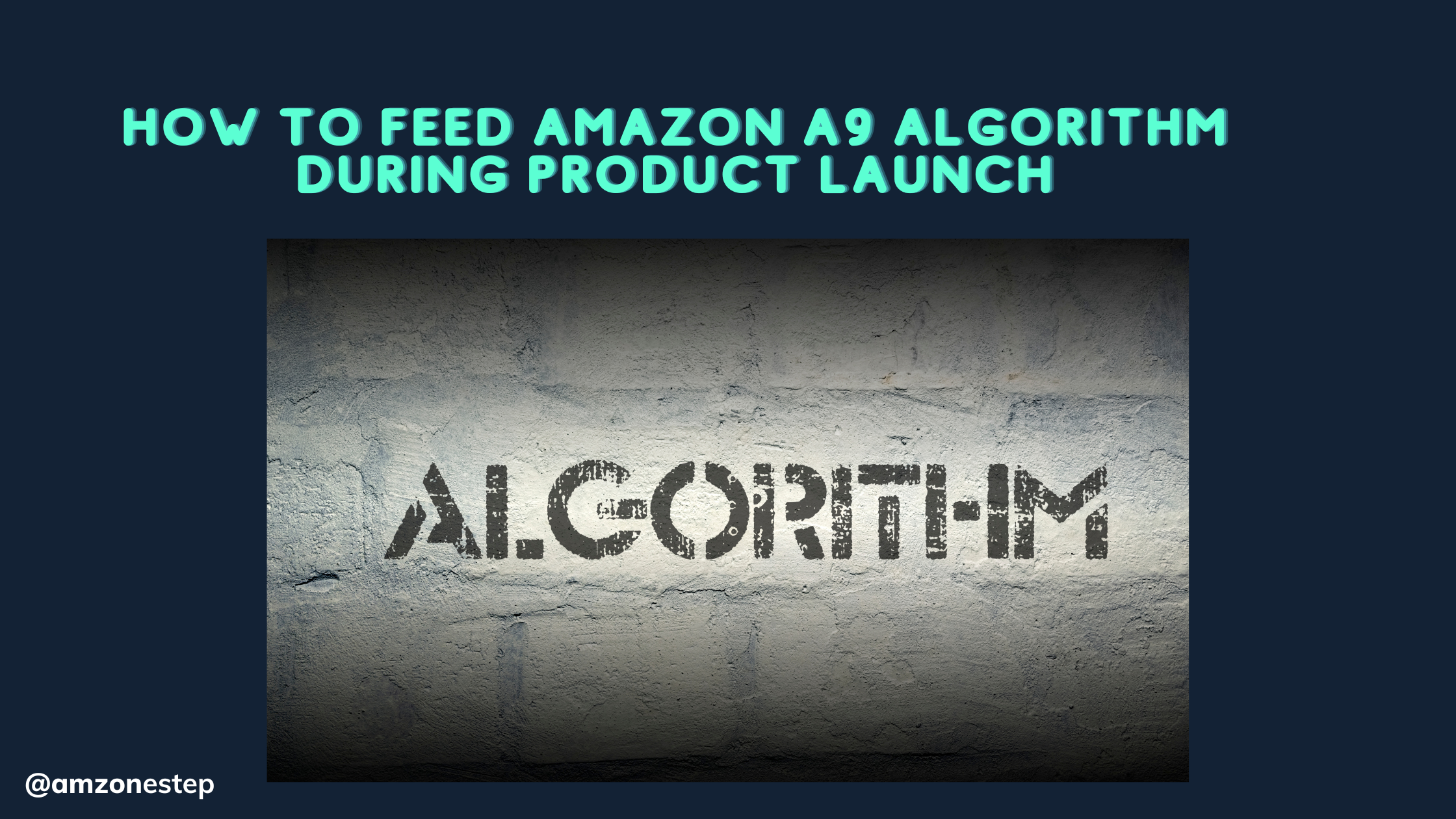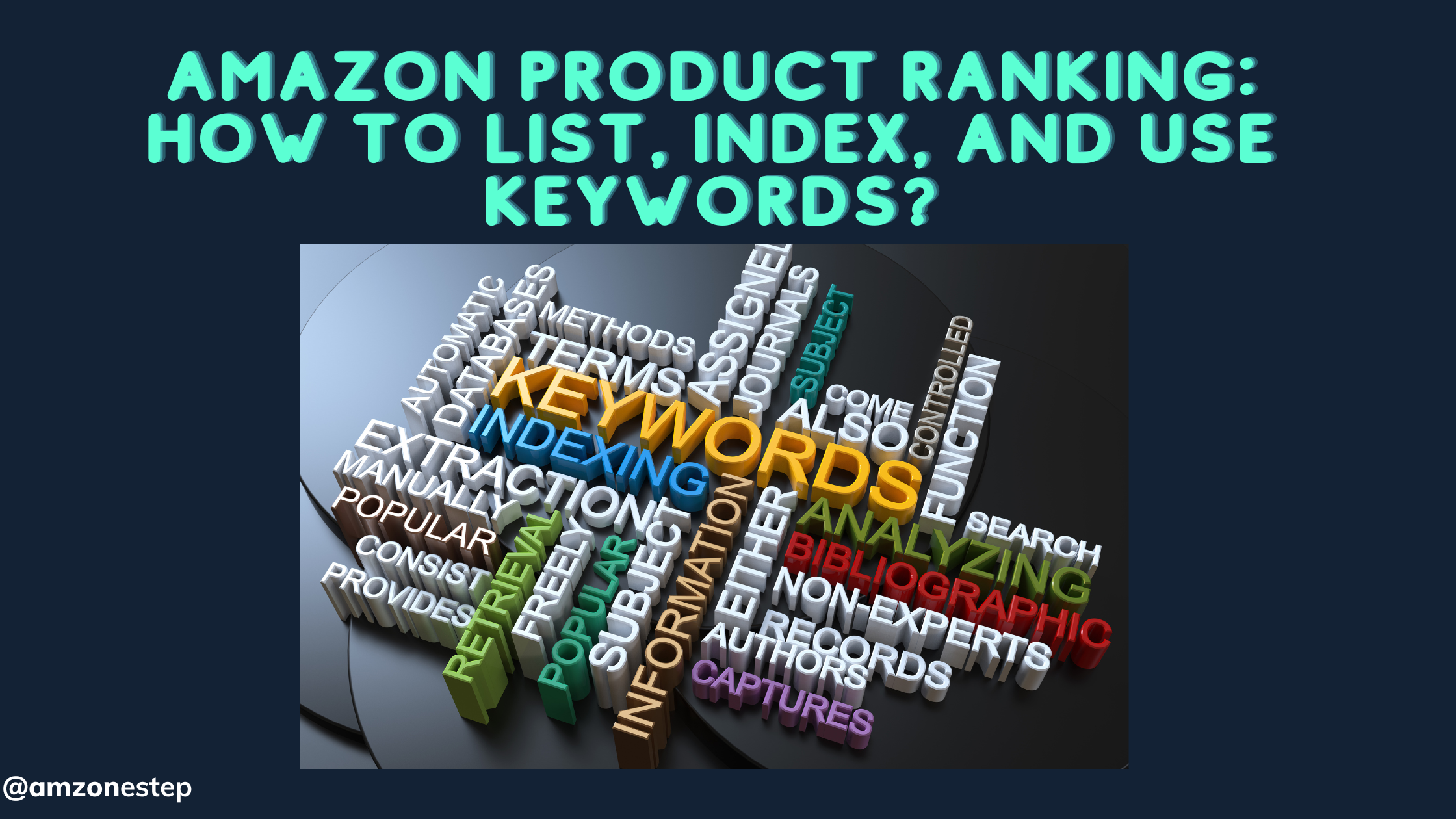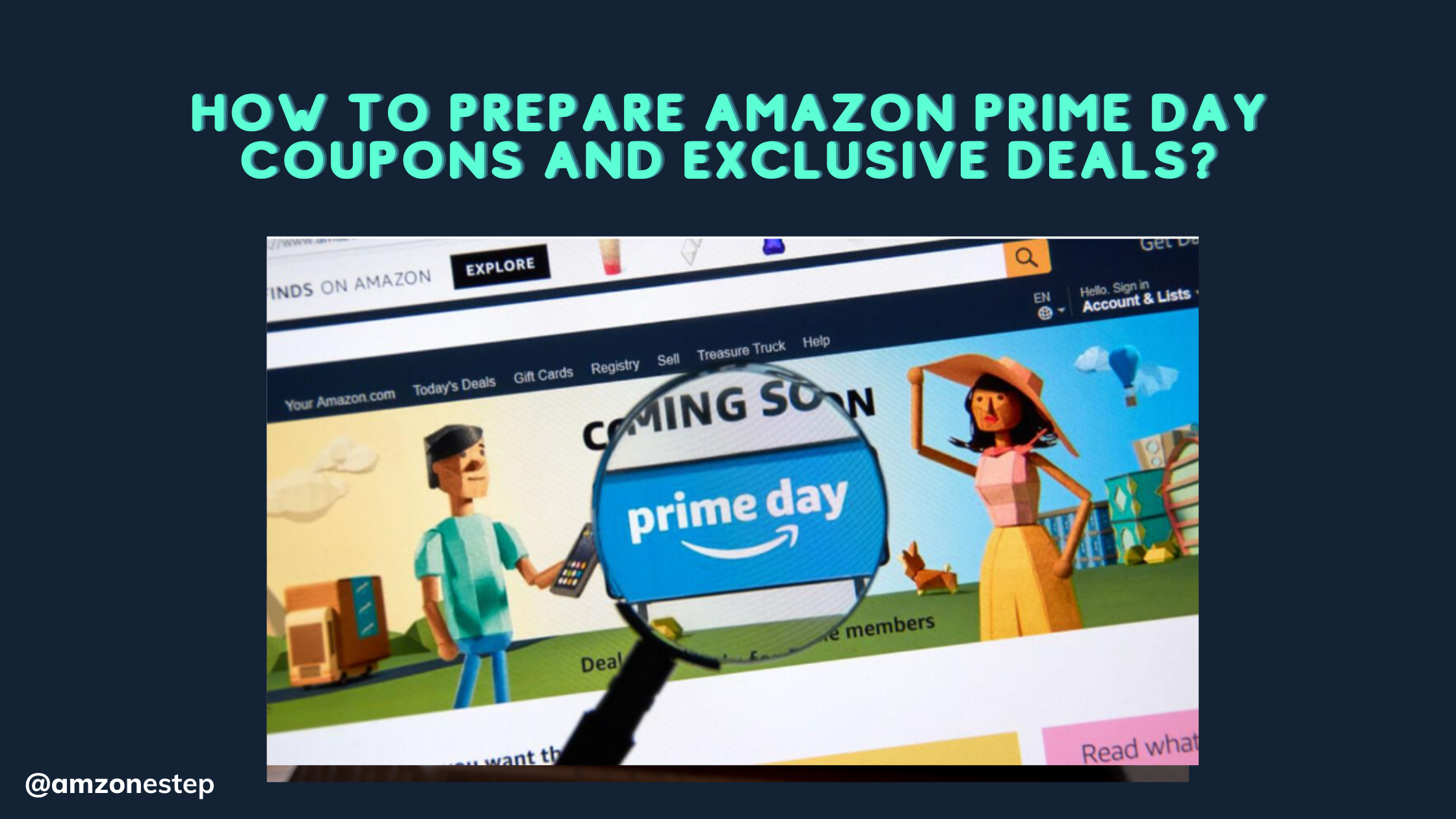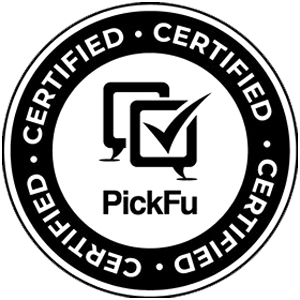PPC can cost a lot of money. Negative terms are an important way to cut costs without affecting results. They let you stop ads from showing up for search terms that you think aren’t relevant or aren’t very important. The trick is to add the right search terms to your list of negative keywords.
This article will show you how to find good negative keywords for your listings and how to use them to cut down on lost ad spend and raise your return on ad spend (ROAS) or set your ACOS. We’ll finally talk about how to use exact match PPC bids on Amazon FBA, which goes beyond negative terms. Let’s start.
Read More: What Factors Influence Winning the Search?
The Basics Of Negative Keywords
Your ad won’t show up on an Amazon SERP (Search Engine Results Page) if a customer’s search query includes negative keywords. Tell Amazon when you don’t want your ad to show by using a negative term.
For example, say you sell plastic spoons on Amazon and bid on the term “spoons.” If you don’t use negative keywords, your ad for plastic spoons might show up when someone searches for “wooden spoons,” since “spoons” is still in that statement.
The shopper might even click on your ad, then instantly leave because it wasn’t what they were looking for. There would be no sales, but Amazon FBA would still charge you for that click.
Broad Match Vs Phrase Match Vs Exact Match
Amazon’s keywords fall into three different groups. There is one that can only be used for positive keywords and two that can work for bad keywords. Within these groups are:
Exact Match
It has to do with search queries that match the seed keyword perfectly, as well as the plural form of it. A negative keyword like “kitchen knife” would stop your ad from showing up when people look for “kitchen knife” or “kitchen knife.”
It wouldn’t change search terms like “Japanese kitchen knife,” “kitchen knife set,” or “kitchen knives,” though.
Phrase Match
More general than exact match, it refers to search queries that are close to the seed term. This version doesn’t change the word order and only includes small changes. However, “knives for kitchen” and “chef knife,” which are similar words, would not be detected by phrase match. Only “Japanese kitchen knife” and “kitchen knife set” would be.
Broad Match
This type of match includes search queries that are related to the seed term, such as synonyms and a lot of other choices. Broad match settings can only be used for good keywords and not negative ones.
For example, a good broad match term for “kitchen knife” would include “chef knife,” “bread knife,” and other words that mean the same thing, as well as “toy kitchen knife,” “knife block,” and “knife sharpener.”
Note: “Negative” and “positive” terms work the same way for phrase match and exact match. Your ad will show up if the exact match keyword bid is positive, but it won’t show up if the exact match keyword bid is negative.
As we will see, one of the best ways to use negative keywords is to use exact match negative keywords to limit your positive “broad match” and “phrase match” PPC ads.
How To Use This Information
You can choose negative keywords more flexibly with the different match types for negative keywords. “Exact match” is likely the best option for both experienced and new people.
When you use an exact match, you can add negative keywords without worrying about what might happen. For instance, if you use the phrase match and add “kitchen knife sharpener” as a negative keyword for your kitchen knife ASIN, that item might not show up when people search for “kitchen knife” or “sharp kitchen knife.”
Phrase match terms can help you leave out whole groups. Say you want to leave out all kitchen toy sets, you could add the word “toy” to your ad for kitchen knives. But phrase match should be used with care, and you should carefully look over your ad again after using these filters.
Read More: Ad Bidding Strategies Every Amazon Seller Should Know?
Campaign Level Vs Ad Group Level Negative Keywords
There are two ways to use negative keywords: on whole campaigns or just on certain ad groups. This gives you a better handle on your bad keywords and lets you separate how they are used.
Say you have two types of shoes that you sell. There are pink trainers in one queue but not in the other. You would want to make sure that the word “pink tennis shoes” doesn’t bring up ads for shoes that don’t come in pink. You would want to keep the ad bids for that term, though, for pink shoes.
You can use different negative keywords for each of these product lines by putting them in different ad groups. For reporting reasons, they should still be in the same ad campaign. On the campaign level, you can also set negative keywords that work for both items at the same time.
How To Use This Information
How flexible you are with negative keywords will depend on how highly detailed you build your ad groups.
The more ad groups you create for your campaigns on Amazon FBA, the more specific your negative phrase choices can be. By making single-product ad groups, you’ll have the most power over both positive and negative keywords.
Find The Right Negative Keywords
Try cool trick to getting the most out of this PPC choice is to find the right negative keywords. How to do this is mostly split into two ways.
You can start by thinking about obvious crossovers that don’t matter. Use “running shoes” instead of “shoe” if you want to bid on a nice pair of leather brogues. Even though it’s not very scientific, this should be your first effort.
Using wide-match positive keyword campaigns for testing is the most organized way to do this. Then, look at the search terms you show up in. You’ll get real information about terms that aren’t relevant, and you can also use performance analysis to get rid of keywords that aren’t working or are too expensive.
Some Amazon Brand Analytics reports and other analytics tools can also help you narrow down your keyword search and give you more information about how useful these keywords are for your campaign.
Refining Your Broad Match Campaigns
It’s not only a great way to find good negative keywords, but it’s also the main reason why negative keywords are used: to improve your wide match campaigns. If you set up a broad match strategy, your ads will show up for a lot of different terms.
First, go through that list and find the ones that don’t belong. Use an exact match to add each of those to your list of bad keywords one at a time.
Proceed to look at the data. Here are three things to keep an eye out for that will help you choose the right bad keywords:
- Low-conversion-rate keywords: These words aren’t helping you make sales. Your ad isn’t useful if people aren’t clicking on it.
- High-click non-converters: The average turn rate for Amazon ads is just under 10%. Keep that in mind: knowledge of the industry is important. However, if more than 30 or 40 people click on your ad and don’t buy anything, it might be useless.
- You should look into your product page, shipping rates, and reviews if this happens for every term. If it’s only one word, though, there’s probably a problem with how relevant it is or who it’s for.
- High-spend low-converters: This is the most subjective measure and has to do with how much you spend on ads. Still, all keywords that regularly fall in the highest price range should be looked at more closely.
- If you’re not getting enough sales, you might want to get rid of or limit the content that uses that term. It will assist you in preserving your money.
For all of these reasons, there is a lot of variation. For example, the criteria for what makes a good or bad negative keyword will change if the keyword is important for Theoretical Framework (ToF) knowledge or if you are specifically going after competitor-branded searches.
Stop Your Ads Competing Against Each Other
It’s also possible for negative keywords to keep your own PPC bids from fighting with each other. You could use negative keywords to push the smartphone cases you want to sell for search terms like “smartphone case” to the top of the list while you put other cases at the bottom for more specific terms.
When trying to improve broad match ads on Amazon FBA this method isn’t used as often as negative keywords. It’s much easier to carry out, though. Searching through your product catalog for words that are used in more than one category will help you find these core terms.
Next, decide which goods are most important to your business. You can make the right decisions by thinking about things like the effect on tcustomer’smer lifetime value and the high-level business goals.
Change Broad To Exact Match Bids
With broad match and phrase match bidding tactics, negative keywords are only really needed to cut down on the waste that comes with them. Targeting bidding on only important and high-value keywords is what you really want to do, but this is a messy way to get there.
This is what you should be trying to do with negative keywords: get people to stop using them totally, so all of your campaigns are exact match bids. You can optimize your exposure to the best terms and make sure that low-cost, high-converting terms get a lot of attention with exact-match buying.
How To Use This Information
Making exact match bids for each product takes a lot of time, which is the main reason why it’s not always done. But you should always be moving goods towards this goal.
This is done by analyzing the keywords you are ranking for in broad match ads, which is the same thing you do to find good negative keywords in the first place. To do this, you should be looking for the opposite of what we talked about in step 4:
- High-converting keywords and CTR
- Click-to-convert terms
- Low-cost, higher-converting phrases
You should get rid of all the terms that you think are valuable from your broad match campaign. For the broad match campaign, that means adding that term to the list of negative keywords. For that term, you would then start a new campaign using exact match bids.
You will slowly build up a list of perfect-match campaigns over time. Negative keywords’ main job in this case is to keep these exact match campaigns out of your “exploratory” broad match campaigns, which you will want to keep running (possibly with less money) to keep looking for new terms.
Where Can You Add Negative Amazon Keywords In Your Amazon Ads?
What are some places where you can put negative Amazon keywords in your ads? You can stop your ads from showing up for certain search queries by adding negative Amazon terms to the campaign settings. Let me show you how to do it:
- Enter the settings for your Amazon PPC program.
- Find the part where you can change how your keywords are managed.
- To add negative keywords, look for the choice.
- Enter the list of keywords that you don’t want your ads to show up for.
- Save your changes, and then keep an eye on how your ads are doing.
If you add bad keywords to your Amazon ads, you can choose who sees them. So, your ads will only be shown to people who are likely to be interested in them. This increases the chances of sales and lowers the amount of money you waste on ads.
Conclusion
Negative keywords are a great way to improve your Amazon PPC ads. By using negative keywords correctly, you can keep your ads from showing up for searches that aren’t related to them, which will save you money on ads.
This will eventually make your ads work better and make your products more visible to the right people. Don’t forget how important bad keywords are; they can make or break your Amazon advertising.
Stop wasting money on irrelevant clicks. Master negative keywords in Amazon PPC to improve campaign performance.
Elevate your ads today with AMZ One Step

Hi there! I’m the content marketing and branding specialist for AMZ One Step. I work hard to create engaging and informative content that helps our readers learn more about Amazon selling and how to make the most of their businesses. I love spending time with my family and exploring literary works when I’m not writing or working on projects.

